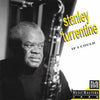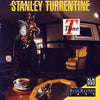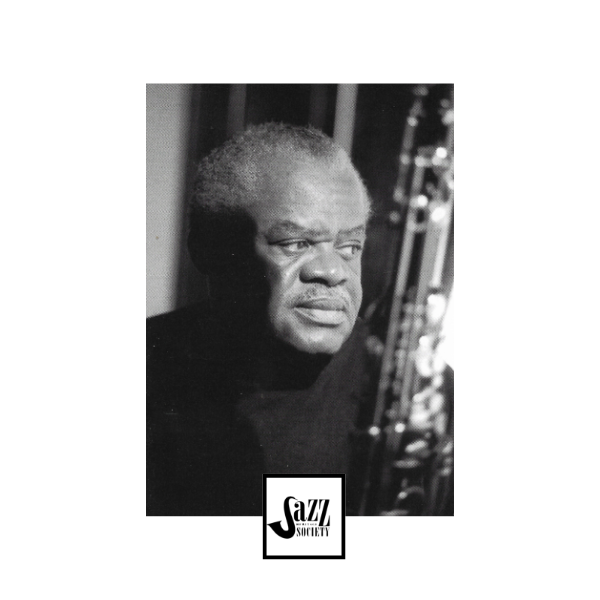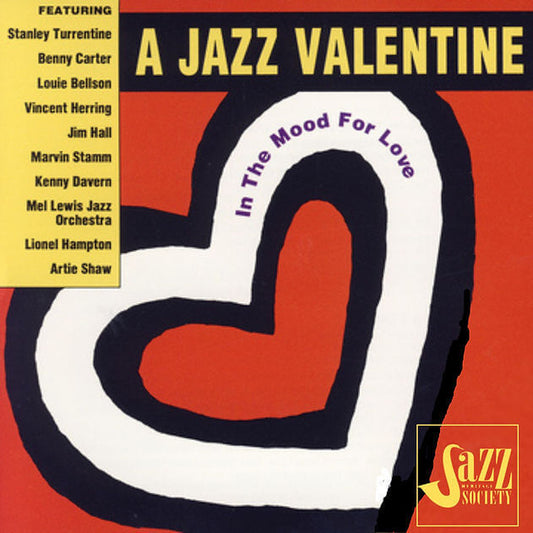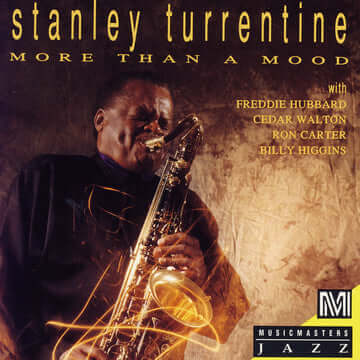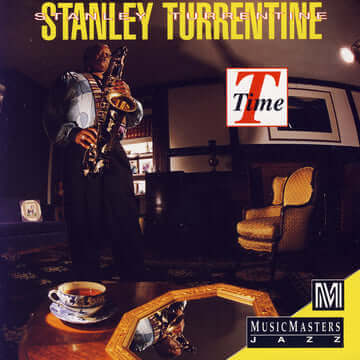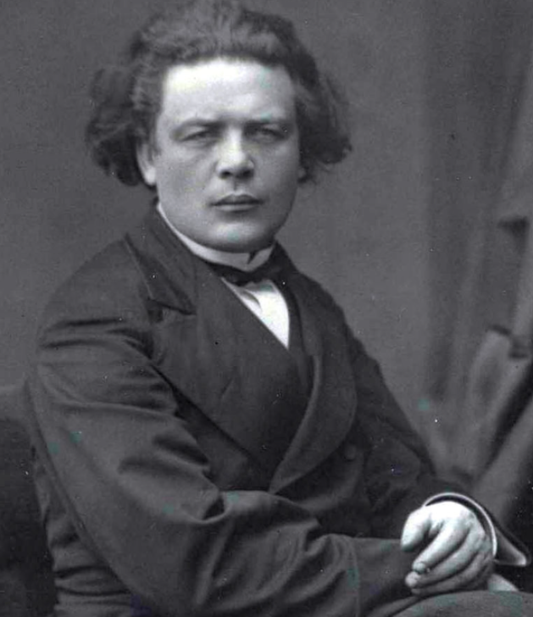Collection: STANLEY TURRENTINE: THE JAZZ HERITAGE SOCIETY RECORDINGS
Stanley William Turrentine (April 5, 1934 – September 12, 2000) was an American tenor saxophonist whose distinctively thick, warm, and blues-drenched tone made him a defining voice in soul jazz and a perennially popular figure across several decades. Nicknamed "Mr. T" and "The Sugar Man," Turrentine possessed an earthy, soulful style deeply grounded in the blues, yet versatile enough to navigate bebop and later, jazz fusion.
Born into a musical family in Pittsburgh's Hill District, Turrentine's path in music seemed preordained. His father, Thomas Turrentine Sr., was a saxophonist with Al Cooper's Savoy Sultans, his mother played stride piano, and his older brother, Tommy Turrentine, became a respected trumpet player with whom Stanley often collaborated. Stanley started on saxophone early, reportedly fascinated by how his father made the instrument "talk." He gained early professional experience as a teenager, touring with bluesman Lowell Fulson's band (alongside Ray Charles) in 1951. In 1953, he notably replaced John Coltrane in Earl Bostic's popular R&B/jazz band, further honing his robust sound. After a period in the military in the mid-1950s, which provided his only formal musical training, he joined drummer Max Roach's band in 1959.
The 1960s marked Turrentine's ascent, largely through his association with Blue Note Records. He signed with the label in 1960 after impressive session work with organist Jimmy Smith on landmark albums like Back at the Chicken Shack and Midnight Special. His debut as a leader, Look Out! (1960), established his signature soulful sound. This era also saw a fruitful personal and professional partnership with organist Shirley Scott, whom he married in 1960. They recorded frequently together for Blue Note, Prestige, and Impulse!, becoming one of the quintessential organ/tenor pairings in soul jazz. Albums like Dearly Beloved (1961), That's Where It's At (1962, with Les McCann), and Hustlin' (1964, with Scott) solidified his reputation for accessible, groove-heavy jazz with a deep blues feeling. He was equally adept at hard-swinging bop, blues, and soulful ballads.
In 1970, following his divorce from Scott in 1971, Turrentine moved to Creed Taylor's CTI Records, embracing the emerging jazz fusion sound. His first CTI album, Sugar (1970), became a massive hit and one of the label's defining releases. Featuring stars like George Benson, Freddie Hubbard, and Ron Carter, the title track became a jazz standard and earned him the nickname "The Sugar Man." Other popular CTI releases like Salt Song (1971) and Don't Mess with Mister T. (1973) continued this commercially successful direction, blending his soulful saxophone with smoother arrangements and funkier rhythms. While highly popular, this period sometimes drew criticism from jazz purists who preferred his earlier Blue Note work.
Turrentine recorded for Fantasy Records in the mid-to-late 1970s before moving to Elektra for a period. Throughout the 1980s and 1990s, he returned more consistently to the soul-jazz style he was best known for, recording for various labels including Blue Note again and Jazz Heritage Society. He remained a popular performer, his instantly recognizable, "rippling" tenor sound and connection to the blues endearing him to audiences. He collaborated with a vast array of jazz giants throughout his career, including Milt Jackson, Herbie Hancock, and Diana Krall, among many others.
Stanley Turrentine died from a stroke in New York City on September 12, 2000, at the age of 66. He left behind a rich legacy as a master of the tenor saxophone, celebrated for his uniquely soulful voice, his ability to connect with listeners through melody and groove, and his significant contributions to the soul jazz genre. His music remains influential and widely enjoyed for its warmth, bluesy honesty, and irresistible swing.



